The Agile movement first started with the intention of finding better ways of managing projects that produce intangible products, such as software solutions.
However, the growing popularity of Agile practices begs the question of whether they can be applied to the development of tangible products and services too. Contrary to popular belief, they can and are now being adopted by numerous industries with more "linear" processes.
One of those industries is engineering/product development.
To begin with, let's take a closer look at what Agile engineering is and then briefly touch on how the traditional work process works.
What Is Agile Engineering?
The Agile approach to engineering doesn't disrupt the sequential nature of the process, it optimizes it to provide superior customer value. Agile engineering teams aim to collect customer feedback as frequently as possible to capture changing requirements while the product is still in its rough state.
In Agile terms, this allows them to "fail fast" and reduce the potential cost of change, which is huge in the late phases of industrial projects. Furthermore, Agile engineering focuses on reducing work batch sizes and frequent delivery of value to the end customer. Combined with the idea of integrating rapid feedback loops, engineering teams become more capable of delivering the right product and meeting their customer's expectations.
What's a Typical Engineering Work Process?
In Engineering, the product development lifecycle is linear and goes through several well-defined, sequential steps. This process is represented by the so-called V cycle, which consists of 3 big stages. The left side depicts the concept design of given entities, while the right side their validation and further maintenance. The phase between the two is where the development work happens.
 Image credit: mitre.org
Image credit: mitre.org
Why Take an Agile Approach to Engineering?
With so many new products coming onto the market every year, engineering companies need to innovate and provide their customers with superior value continuously. That's why they need to have more adaptive processes that allow them to change direction efficiently when necessary. Otherwise, they risk becoming uncompetitive in the market.
How Agile Helps Resolving Common Engineering Challenges?
Below, we will take a look at some common challenges that engineering teams face and discuss how an Agile approach to project management can help solve them.
Long Time to Market / Late Value Delivery
Due to the sequential nature of the industrial engineering process, customers often have no idea what they will get until the late phases of the project. As mentioned above, the cost of change in the engineering industry is high. That's why teams try to avoid any late changes to decrease the likelihood of complete project failure.
The agile solution here is reducing the batch size and delivering value early in the process. Agile engineering achieves that by first producing prototypes that are demonstrated to customers to gather their immediate feedback. This method is known as rapid prototyping, and nowadays, it has become possible with the introduction of new technologies such as 3D Printing. This process speeds up the delivery of value and allows the team to reflect on any changes in the Design phase well before the production has begun.
This method is known as rapid prototyping, and nowadays, it has become possible with the introduction of new technologies such as 3D Printing. This process speeds up the delivery of value and allows the team to reflect on any changes in the Design phase well before the production has begun.
From here, the Agile engineering lifecycle proceeds by developing an MVP (Minimum Viable Product) where only the most viable ingredients of the product are built. At its core, an MVP is a prototype too. However, teams commit to creating it once they already have a "proof of concept" as a result of prototyping.
Those are examples of iterative cycles that help engineering companies deliver early value and get fast feedback from the market. Moreover, they allow them to realize some quick financial returns sooner instead of having to wait until the entire product is developed and validated.
Inefficient Engineering Process
The production of complex products increases the risks of having to deal with issues alongside the development lifecycle. As a result, many engineering companies struggle to create sustainable work processes that can adapt to emerging problems.
The Agile approach to engineering heavily focuses on visualization and continuous improvement of product development cycles to solve that. In practice, this can happen with the help of Kanban boards, where engineering teams can map their workflows from start to finish. As a result, they will be able to spot impediments (bottlenecks) and unveil any wasteful activities that are slowing down the work process.
Another Lean/Agile technique to increase process efficiency is limiting work in progress. This way, Agile engineering companies can control how much work is in progress at any given moment and shield their teams from overburdening. Also, WIP limits ensure that new work items cannot get started until the old tasks get finished. This results in a smoother workflow that keeps cycle time metrics low and throughput levels high.
Communication Gaps between Engineering Teams and Other Stakeholders
Often effective communication is what determines whether a product will be developed successfully or not. However, due to the heavy processes in the engineering industry, there is often a lack of proper communication between technical and business teams and external stakeholders.
Agile aims to solve that through high-level transparency and visualization of dependencies between interconnected teams. In Businessmap, for example, we tackle this with the implementation of related Kanban boards that can be scaled across multiple teams in the organization, as seen in the image below. Another Agile practice that helps bridge communication gaps is the introduction of different Kanban cadences/meetings. For example, the daily stand-up is useful for having a quick internal discussion of project progress and any impediments to it.
Another Agile practice that helps bridge communication gaps is the introduction of different Kanban cadences/meetings. For example, the daily stand-up is useful for having a quick internal discussion of project progress and any impediments to it.
 Kanban cadences
Kanban cadences
On the other hand, the Kanban replenishment meeting allows agile engineering teams to plan and prioritize their work. It also creates an opportunity for alignment between all stakeholders on what is the most critical work that needs to be executed next.
Real-Life Example of an Engineering Company that Reshaped its Culture with Kanban
So far, we have discussed how Lean/Agile practices can solve some challenges in the engineering industry. Now it's time to back up the theory with a real-life case study from Somabe - an industrial engineering company that successfully undertook a Lean/Agile transformation.
Facing pressing problems, among which lack of transparency, managing work in large batches, struggling with prioritization, weak communication, etc., the company's management decided to turn to Kanban.
The adoption of Kanban principles and practices for workflow visualization and organization provided Somabe with some immediate improvements, including:
- Developing a work breakdown structure to segment complex tasks into smaller, more manageable portions.
- Creating an advanced, automated workflow that aids task assignment and decision-making, encouraging cross-team collaboration.
- Gaining real-time, company-wide visibility of all active projects and dependencies.
- And many more...
Agile Engineering Frequently Asked Questions (FAQs):
What Is an Agile Engineer?
An agile engineer is a professional with technical skills and background who also embraces and practices Agile methodology with its supporting principles, values and practices in their workplace. They promote an Agile mindset and way of working among their team to deliver customer value in a timely and customer-oriented manner while continuously improving their processes.
What Is an Example of Agile Engineering?
Applying some standard Agile practices can ensure that a product is developed and delivered in an iterative way. Here are some good practices:
- Building an Agile work breakdown structure for proper control of the workflow.
- Visualization of all types of work items to ensure transparency of their progress status across the organization.
- Cross-team collaboration for work alignment.
- Creating a culture of knowledge sharing, innovation and continuous improvement.
- Ongoing feedback exchange for responding to changes and delivering the right product.
Does Agile Work for Engineering?
Agile has been on the rise for decades now. However, it is wrong to assume that Agile only applies to the software development industry. In this volatile world we live in today, teams and companies of different sectors and backgrounds experience the advantages of Agile methodologies. Engineers are part of these industries.
What Are the Benefits of Agile Engineering?
There are a number of benefits Agile brings to the engineering industry, including:
- Early customer feedback reduces the likelihood of a product being developed with defects.
- The ability to quickly adapt to changing clients' requirements allows teams to handle them on time.
- Continuous value delivery by reducing the size of batches.
- Visualization of product development cycles to prevent slowing down the work process.
- Open cross-functional collaboration for alignment between all parties.
In Summary
Even though the engineering/product development process is considered very linear, Agile practices can help it become more efficient and adaptive to changing requirements. Some of the main problems that Agile helps engineering companies solve include:
- Long time to market / Late value delivery - through prototyping, creating MVPs and frequent product demonstration
- Inefficient work processes - through workflow visualization and its continuous optimization
- Communication gaps between engineering teams and other stakeholders - through introducing feedback loops/cadences for alignment, such as daily stand-up meetings, Replenishment meetings, etc.





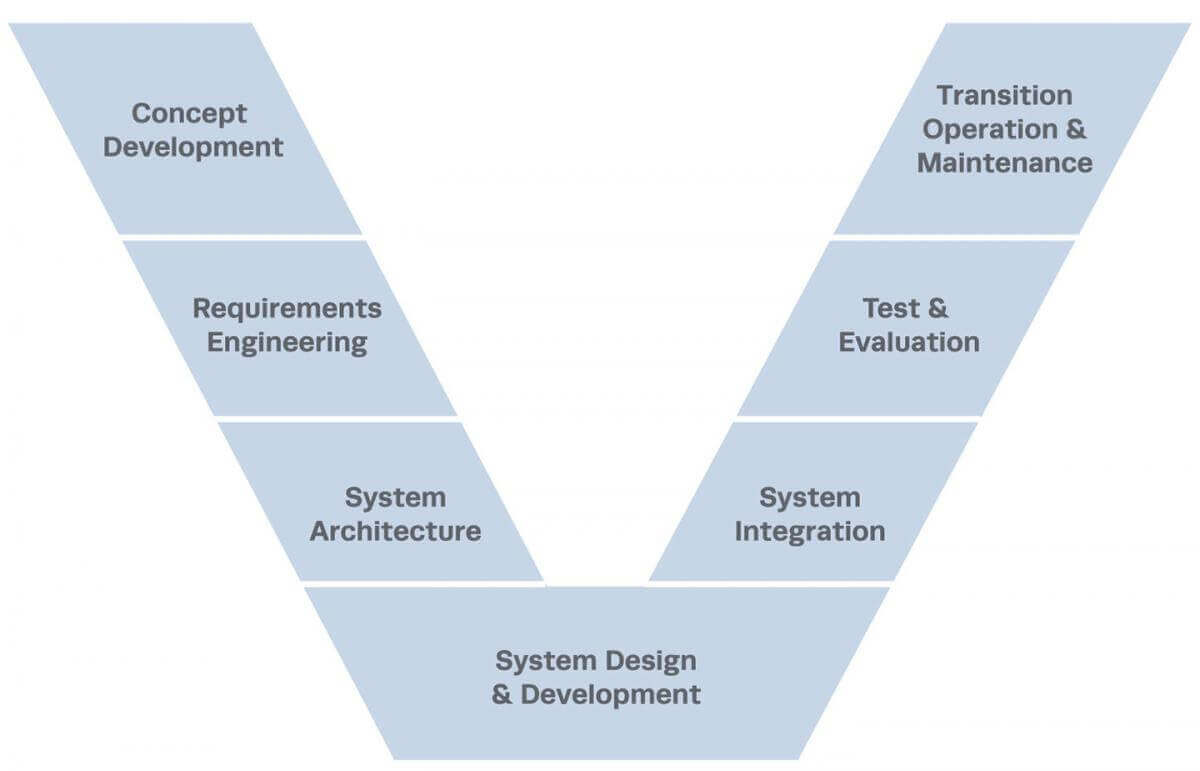 Image credit:
Image credit: 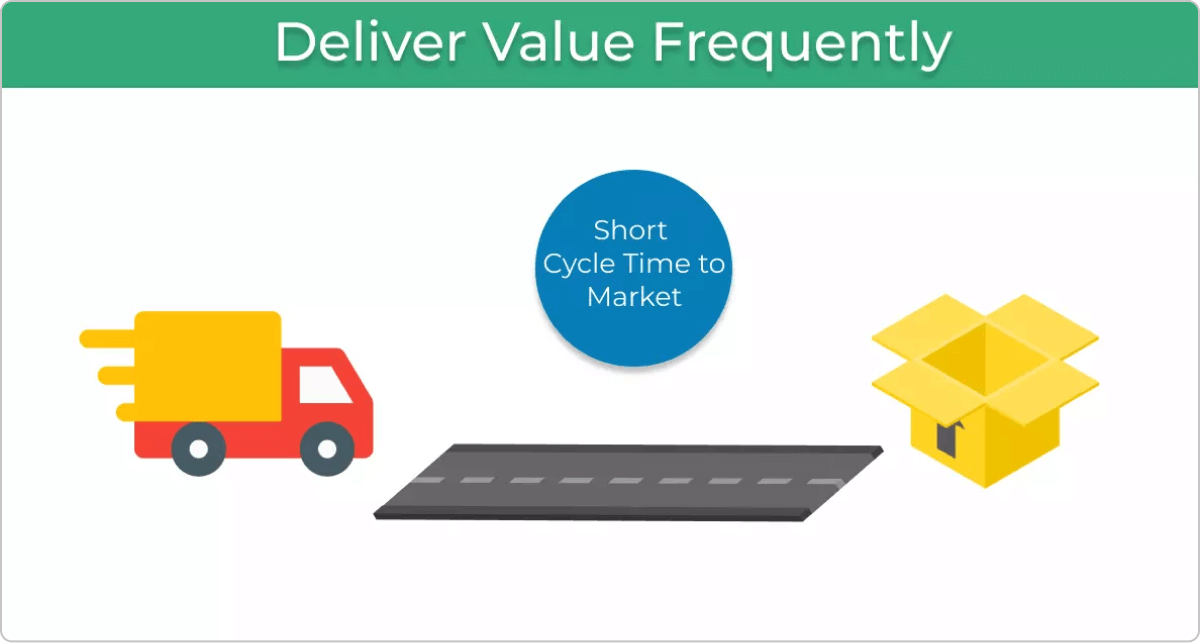 This method is known as rapid prototyping, and nowadays, it has become possible with the introduction of new technologies such as
This method is known as rapid prototyping, and nowadays, it has become possible with the introduction of new technologies such as 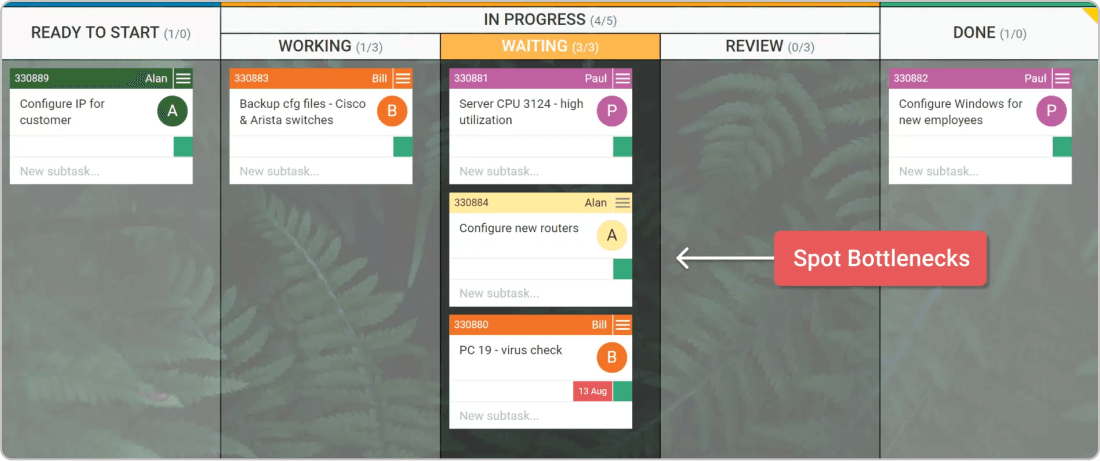
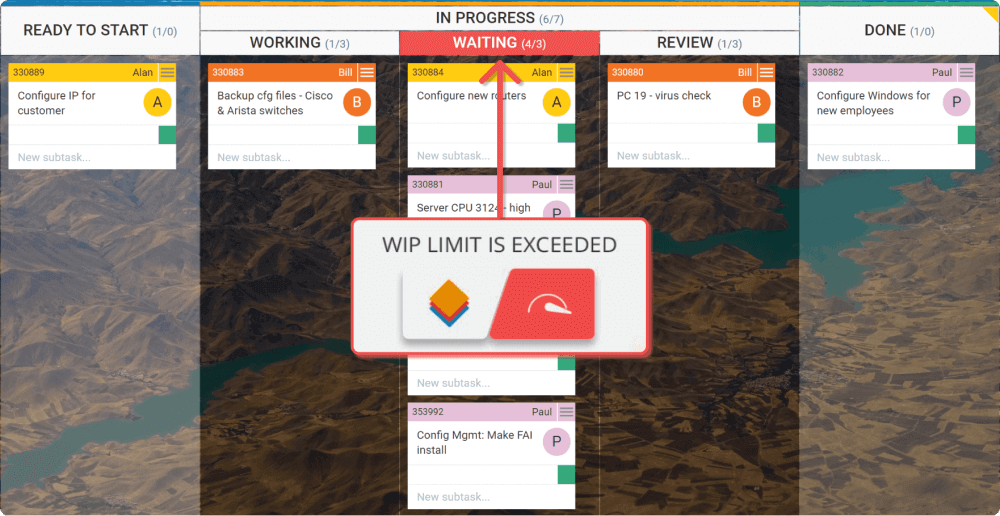
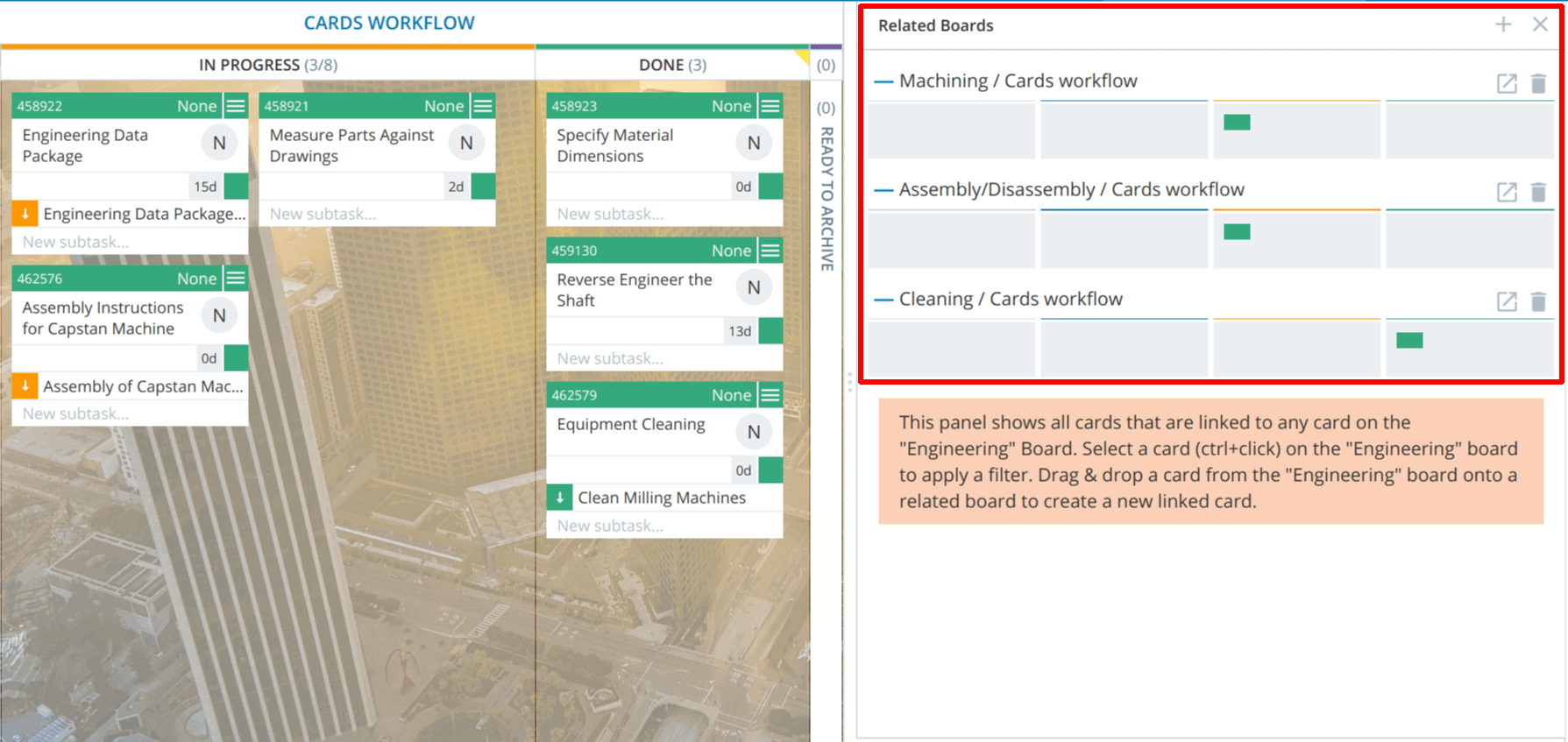 Another Agile practice that helps bridge communication gaps is the introduction of different
Another Agile practice that helps bridge communication gaps is the introduction of different 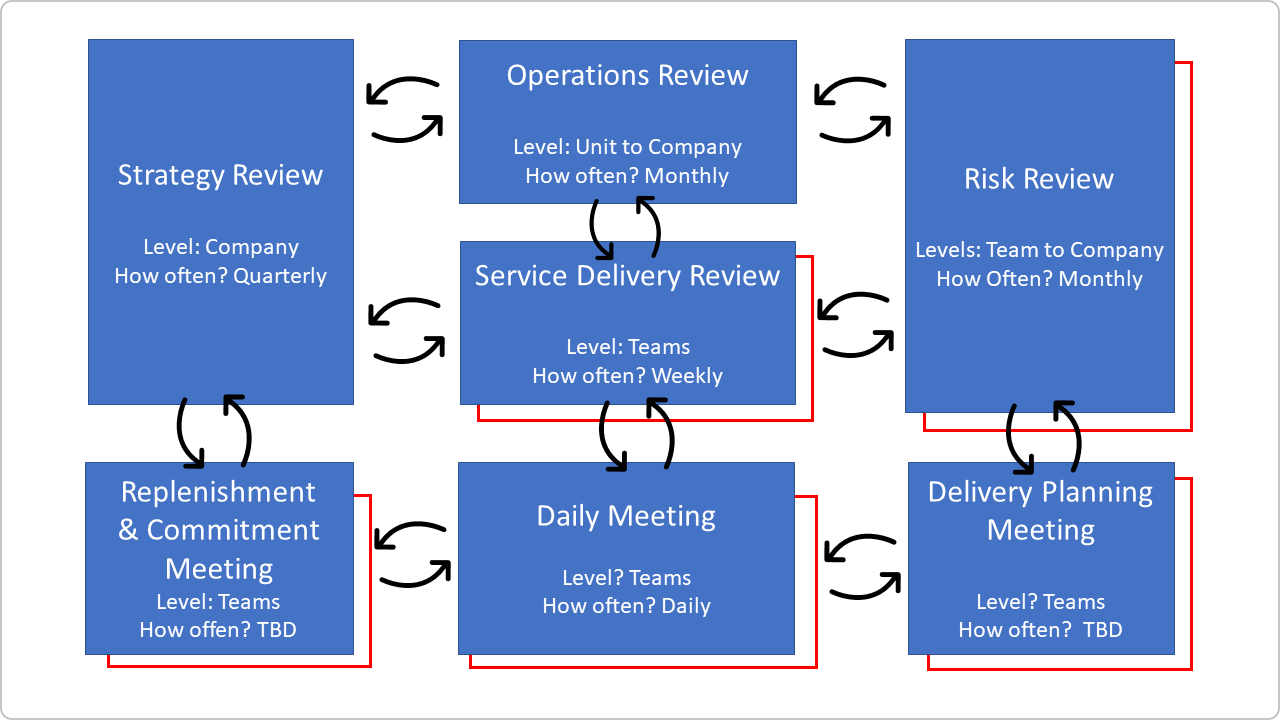 Kanban cadences
Kanban cadences

